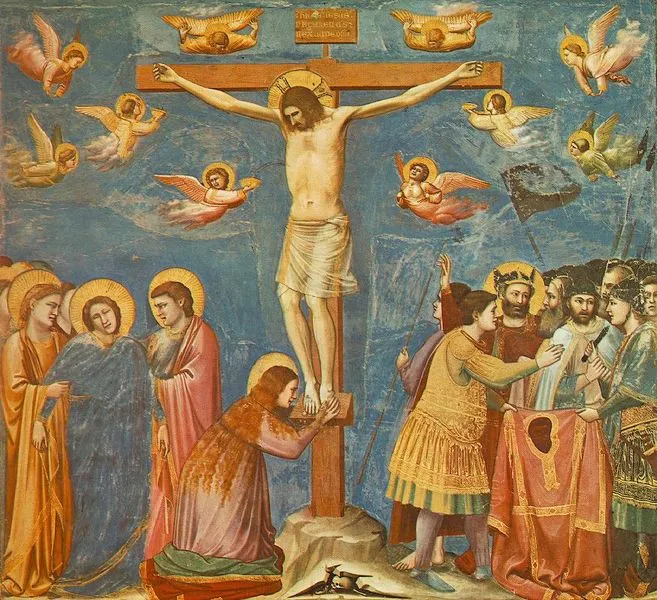Creationism in Crisis
The Mediterranean Monk Seal Is Making a Comeback Thanks to Human Cultural Evolution
Monk seal, Monachus monachus
Creationism in Crisis
The Mediterranean Monk Seal Is Making a Comeback Thanks to Human Cultural Evolution
Monk seal, Monachus monachus
Creationism in Crisis
The Mediterranean Monk Seal Is Making a Comeback Thanks to Human Cultural Evolution
Monk seal, Monachus monachus
Creationism in Crisis
The Mediterranean Monk Seal Is Making a Comeback Thanks to Human Cultural Evolution
Monk seal, Monachus monachus
Creationism in Crisis
The Mediterranean Monk Seal Is Making a Comeback Thanks to Human Cultural Evolution
Monk seal, Monachus monachus
Creationism in Crisis
The Mediterranean Monk Seal Is Making a Comeback Thanks to Human Cultural Evolution
Monk seal, Monachus monachus

Monk sealMonachus monachus
With 99% of all known species having gone extinct, creationists still like to imagine an omniscient god created them. One must assume, therefore, that they believe it created them to go extinct!
It's a strange sort of intelligence that would intelligently design something to fail, but that's the sort of double think creationists need to be capable of to be members of their anti-science cults.
But the good news is that one of these 'creations', the Mediterranean Monk seal, is making something of a comeback, having been reduced to about 800 individuals, mostly around the coast of Greece.
The Mediterranean monk seal (Monachus monachus) is one of the world's most endangered marine mammals and is the only seal species endemic to the Mediterranean Sea. The species is characterized by its monk-like hood, and its gray-brown fur with lighter colored undersides.
Here are some key facts about the Mediterranean monk seal:
Habitat: Mediterranean monk seals are found in the Mediterranean Sea and the eastern Atlantic Ocean, primarily along the coastlines of Greece, Turkey, and North Africa.
Population: According to the International Union for Conservation of Nature (IUCN), the Mediterranean monk seal population is estimated to be between 500 and 700 individuals, making it one of the rarest mammals in the world.
Threats: The primary threats to Mediterranean monk seals include habitat loss, human disturbance, entanglement in fishing gear, and hunting. The species has been heavily exploited for its fur, oil, and meat, and has suffered from a decline in its prey species due to overfishing.
Conservation Efforts: The Mediterranean monk seal is protected under various national and international laws, including the Convention on the Conservation of Migratory Species of Wild Animals and the Convention on the Conservation of European Wildlife and Natural Habitats. Several conservation organizations are also working to protect the species, including the Mediterranean Monk Seal Conservation Society and the Hellenic Society for the Study and Protection of the Monk Seal.
References:
ChatGPT. (10 Apr 2023). Tel me about the Mediterranean Monk seal, with references, please. [Response to a user question].
OpenAI.
The Monk seal was once abundant around the Greek coast and used to breed on the beaches but evolved a change of habit due to persecution by humans who saw it as competition for fish. It now breeds in sea caves and tends to stay in them when not in the sea.
The Greek poet, Homer, mentioned what is probably the monk seal in his
Odyssey:
Homer, the ancient Greek poet, mentioned the Mediterranean monk seal in his epic poem, the Odyssey. In Book 4, lines 345-347, he describes the sea-monsters that inhabit the waters around the island of Pharos:
…and the great seal (phoke) was in attendance upon her from the bottom of the sea, even the seal that was wont to come forth last from his lair to bask upon the shore.
In this passage, the Greek word "phoke" is used to refer to the seal, which is believed to be the Mediterranean monk seal. It is interesting to note that the word "phoke" is also the origin of the English word "phocid," which refers to the family of true seals that includes the Mediterranean monk seal.
It is worth noting that the Odyssey was written in the 8th century BCE, long before the Mediterranean monk seal became endangered. At the time, the species was likely abundant and well-known to the ancient Greeks.
It is a sign of cultural evolution that humans are now more inclined to protect endangered species than to persecute them, consequently, the monk seal population has rebounded, and they are now present in Croatia and Albania from where they had disappeared. When a female monk seal, nicknamed Argyro, who became so familiar with humans on the island of Samos that she would lounge in beach chairs and hang out in a cafe, was shot, it caused an outrage throughout Greece. In earlier times, Greek fishermen would boast that they had killed a monk seal as this was considered a good thing to do.
This cultural evolution in humans, where the primitive notion that a god had given all the animals on Earth to humankind to use or abuse as they wished, to one where we realise we all share this one planet and depend on maximising biodiversity if we are all to survive, has allowed the monk seal to reverse its cultural evolution and once again start to come out of the sea caves and appear in numbers on beaches. This is another example of how Humanism is replacing the old, harmful religious superstitions as human ethical evolution rids itself of the regressive influence of religion.
Long may this Humanist trend continue.
Thank you for sharing!
































